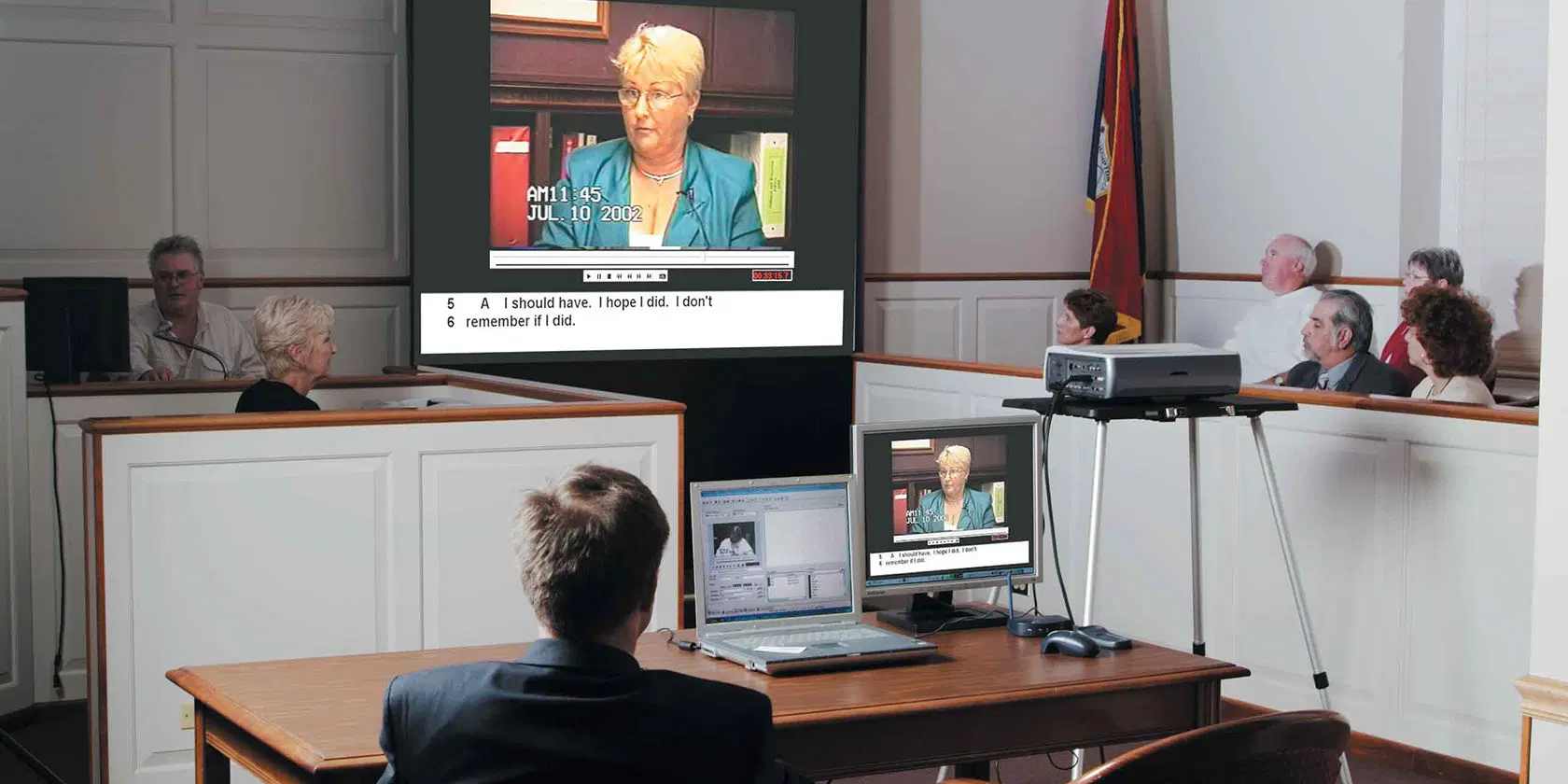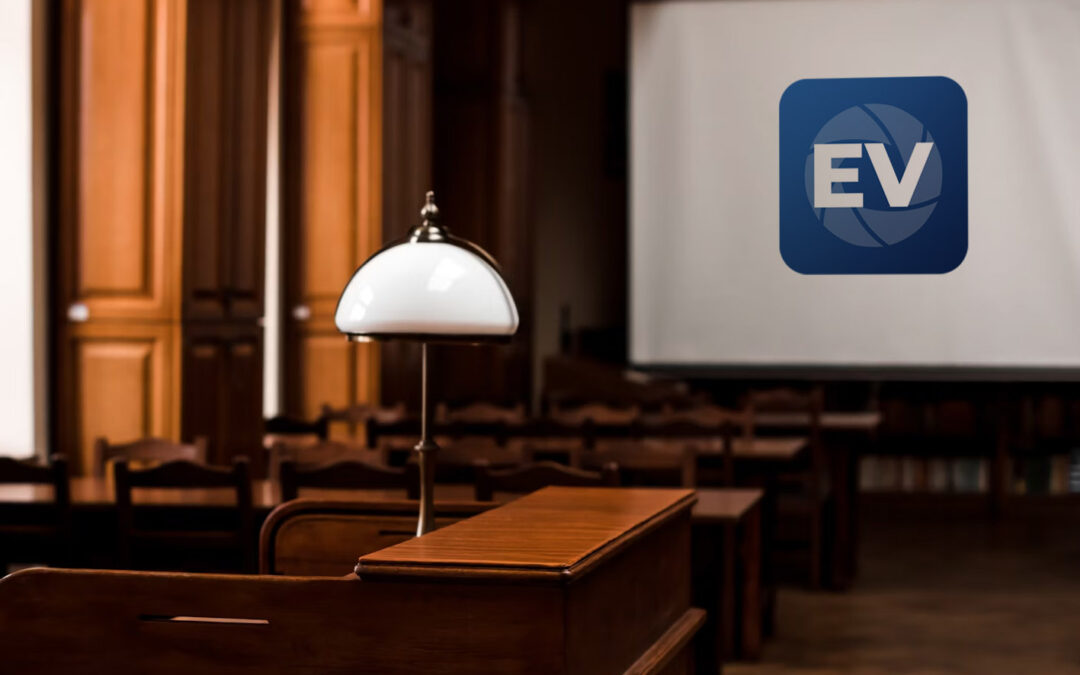Engaging trial presentations combine visuals, data, and strong arguments.
Engaging trial presentations combine visuals, data, and strong arguments.
Blog Article
Exactly How Test Presentations Enhance Your Disagreement and Convince Jurors
Test presentations work as a crucial mechanism for improving legal debates and convincing jurors. By integrating aesthetic aids, narrative structures, and emotional interaction, lawyers can create a compelling situation that resonates on numerous degrees. The strategic use of visuals not just clears up intricate details however likewise catches jurors' attention better than words alone. Nonetheless, the art of storytelling plays a similarly critical function in transforming valid evidence into an engaging narrative, shaping jurors' assumptions - trial presentations. Recognizing these aspects can significantly impact test end results, elevating the inquiry of how each component adds to this detailed dynamic.

Relevance of Aesthetic Help
Aesthetic help play a vital role in improving the effectiveness of test discussions, as they can considerably increase audience engagement and retention of details. In the context of a trial, where jurors are charged with processing complex information, aesthetic aids serve to simplify and clear up essential points. Charts, graphs, and images can convey information and principles that may or else bewilder or puzzle jurors, allowing for a more uncomplicated understanding of the evidence presented.
In addition, visual aids assist in keeping juror interest throughout the proceedings. By damaging the dullness of verbal testimony, these devices can stress vital disagreements, making them much more unforgettable. Effective aesthetic aids can also stimulate emotional feedbacks, which can be pivotal in persuading jurors to straighten with the presenter's story.

Crafting Compelling Stories
A compelling story is vital in trial discussions, as it works as the foundation of effective persuasion. It permits attorneys to weave with each other truths, proof, and psychological elements into a systematic tale that resonates with jurors. This narrative framework makes it possible for jurors to understand the intricacies of the case while assisting them via the attorney's disagreement.
To craft an engaging narrative, attorneys should focus on clearness and comprehensibility. Additionally, the use of vivid descriptions can produce mental images that aid jurors envision the occasions, making the narrative extra unforgettable.
Furthermore, incorporating key themes throughout the discussion strengthens the core message and help in retention - trial presentations. The story ought to not just convey details yet likewise evoke a feeling of justice, highlighting the stakes involved. Eventually, a sound story promotes a connection in between the jurors and the case, placing the attorney's argument as both credible and compelling, consequently enhancing the chance of a positive judgment

Engaging the Jury Emotionally
Efficient jury involvement hinges on the lawyer's capacity to attach with jurors on an emotional degree. This link can significantly impact jurors' assumptions and their utmost decision-making. Using sob stories allows attorneys to humanize the instance, transforming abstract legal concepts into relatable experiences. By presenting real-life tales or testimonies, lawyers can stimulate compassion and empathy, fostering a much deeper understanding of the problems at risk.
Visual aids, such as pictures or video clips, can further boost emotional involvement, providing jurors with dazzling representations of the situation's human elements. Crafting a narrative that highlights the struggles and accomplishments of the people entailed guarantees that jurors see past find more information the lawful debates and identify the human consequences of their decisions.
A lawyer's passionate shipment can reverberate with jurors, strengthening their emotional investment in the situation. It's vital to balance emotional appeals with accurate proof, guaranteeing that jurors feel obliged to act while staying based in the reality.
Structuring Your Discussion

The body of the presentation should be practically fractional right into crucial points, each sustained by click reference engaging proof. It is beneficial to make use of storytelling methods to weave facts right into a narrative that jurors can easily follow. Visual aids, such as graphes and videos, can enhance understanding and interaction, assisting to highlight vital pieces of proof.
Real-World Study
Taking a look at real-world situation research studies gives important understandings right into the art of trial discussions and persuasion. The protection team properly utilized a strategy that integrated top-level expert statements with multimedia discussions, which captivated jurors and eventually influenced their choice.
Another significant example is the "McDonald's Coffee Case," where the plaintiff's attorneys made use of visuals photos of the injuries sustained by Stella Liebeck. trial presentations. This raw aesthetic evidence played a crucial role in communicating the severity of her burns, resulting in a considerable court honor. Such situations demonstrate that impactful test discussions commonly hinge on the efficient integration of visuals and storytelling to stimulate psychological feedbacks from jurors
Furthermore, the "Casey Anthony Trial" highlighted the relevance of narrative coherence and reliability. The prosecution's failure to develop a compelling timeline diminished their this contact form convincing power, highlighting the need of a well-structured discussion. Analyzing these cases exposes that effective test discussions call for tactical preparation, psychological engagement, and the capability to resonate with jurors' worths and ideas.
Verdict
Test discussions significantly enhance arguments and persuade jurors via the critical use of aesthetic aids, compelling stories, and emotional involvement. A well-structured presentation balances emotional appeals with factual proof, eventually reverberating with jurors' worths.
Report this page